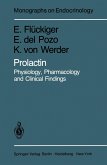
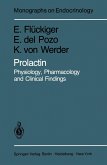
Broschiertes Buch
Physiology, Pharmacology and Clinical Findings
Softcover reprint of the original 1st ed. 1982
27. Dezember 2011
Springer / Springer Berlin Heidelberg / Springer, Berlin
978-3-642-81723-6
Ähnliche Artikel
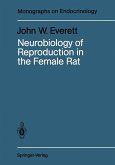
eBook, PDF
6. Dezember 2012
Springer Berlin Heidelberg
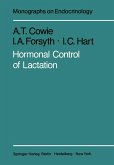
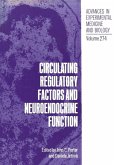
eBook, PDF
9. April 2013
Springer New York
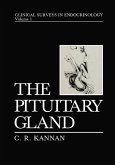
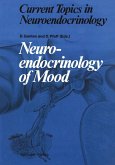
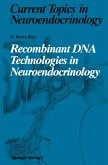
eBook, PDF
6. Dezember 2012
Springer Berlin Heidelberg
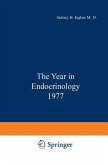

17,95 €
Sofort per Download lieferbar
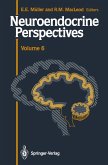
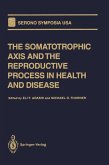
eBook, PDF
6. Dezember 2012
Springer New York
Ähnlichkeitssuche: Fact®Finder von OMIKRON
